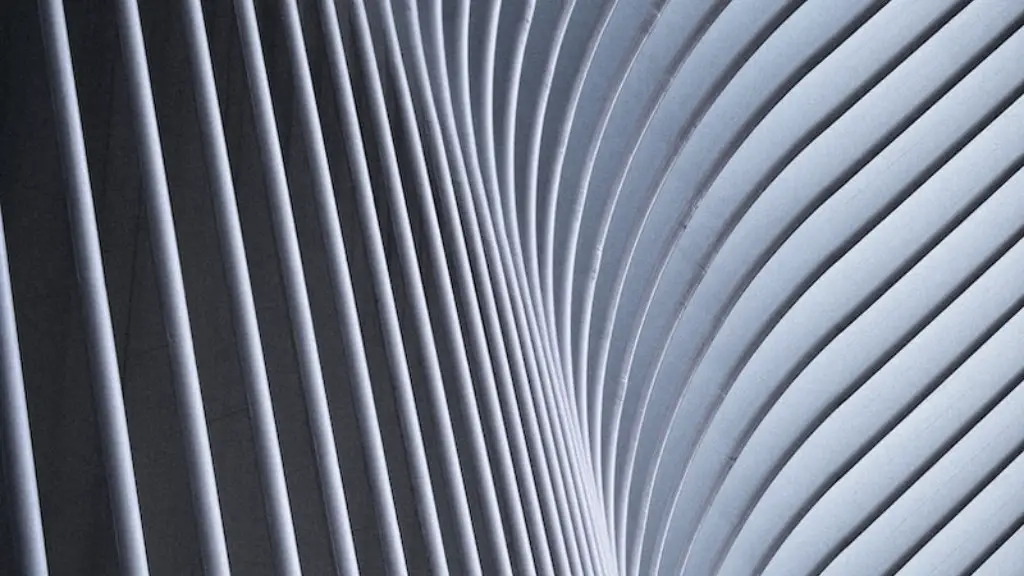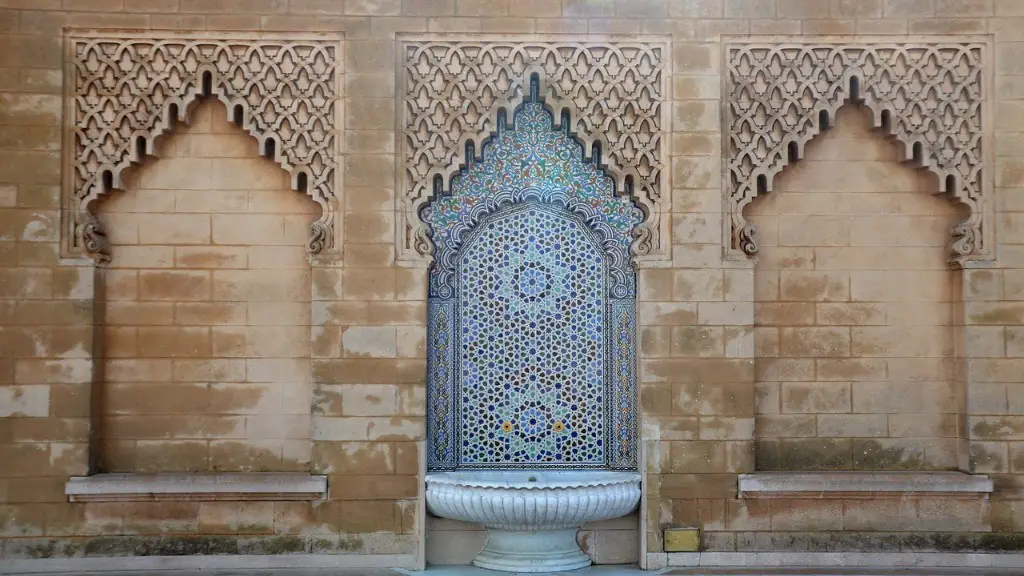Who Invented The Arch In Architecture?
For centuries, people have used the arch to create stunning architectural works of art. From rustic stone entrances to intricate masonry bridges, the use of the arch has enabled many civilizations to create impressive feats of engineering. But who first created the arch and how did it come to spread so widely across the world? In this article, we’ll explore the history of the arch to discover the answers to these questions.
Arches were likely first used by the ancient Babylonians around 500 BC. It is believed that these early arches served both architectural and engineering purposes. In particular, arches provided strength and stability to walls and columns, allowing them to support the weight of heavy stones and clay. Eventually, the arch spread to ancient Egypt, Greece and eventually to the Romans, where it was put to use in a variety of contexts.
The Romans are credited with popularizing the arch as a structural element. The Romans were the first to use concrete and other building materials to construct arches on a large scale. These structures often used a type of arch known as the “round arch”, which used a curve to evenly distribute the weight placed upon it over the entire surface area. This allowed the Romans to construct the famous aqueducts, roads and bridges that remain to this day.
The use of the arch continued to spread across Europe during the Middle Ages, as more and more cultures adopted the use of arches in their architectural practices. By the time of the Renaissance, the use of the arch was commonplace in the construction of bridges and other large structures. During this period, architects began to use the arch to create a more ornamental appearance to their works of art, creating intricate designs and patterns throughout their structures.
In modern times, the arch continues to be a popular architectural choice around the world. From classical buildings in Europe to modern skyscrapers in Asia, the use of the arch remains ubiquitous. With the further development of building materials, engineers are now able to construct larger, more intricate arches than ever before, allowing us to create some of the world’s most enduring pieces of architecture.
The Advantages of the Arch in Architecture
The arch provides a number of advantages to those using it in their architectural designs. Perhaps the most obvious benefit of the arch is its ability to bear massive amounts of weight. An arch works by transferring weight across its top and sides, distributing it across the entire surface area. This allows structures to support greater weights and makes them much more stable than if they were relying on straight beams.
Another advantage of the arch is its aesthetic appeal. By using the arch, architects are able to create stunning and eye-catching designs throughout their projects. The use of arches also adds a sense of grandeur to the overall aesthetic, creating a feeling of elegance and sophistication. This is why the use of arches can elevate a building from being merely functional to becoming a truly iconic piece of architecture.
Finally, arches require less material than other forms of construction. Due to their curved shape, arches require fewer supports and foundations than many other types of construction. This reduces the total amount of material needed in a project, making them a cost effective, yet reliable, method of construction.
Recent Examples of Arches in Architecture
The arch has been used in all manner of architectural projects over the centuries, from grand bridges to majestic cathedrals. In recent times, the arch has been particularly popular in modern skyscrapers, where architects use them to create visually appealing structures with an iconic stature.
Some of the most remarkable recent examples of arches in architecture can be found in cities across the globe. For instance, New York City’s Oculus is a stunningly designed arch-like structure which connects the local transportation hub and shopping mall. Meanwhile, the Gateway Arch in St. Louis is a 630-foot, stainless steel structure shaped in a sweeping catenary arch. These projects represent the evolution in use of arches in architecture and demonstrate their unique beauty.
Conclusion
The history of the arch in architecture is a fascinating one, filled with examples of innovation and creativity throughout the centuries. From the ancient Babylonians to modern engineers, the arch has been used to create iconic works of art which will forever stand as remarkable examples of human achievement.
Arch in Ancient Culture and Art
Over the course of history, the arch has become an integral part of many ancient cultures and their art. In Islamic architecture, for instance, arches can be found in many of the world’s most famous monuments, including the Taj Mahal. Similarly, the Gothic style of architecture, which dates back to the 12th century, is noted for its use of arching to create awe-inspiring churches and cathedrals throughout Europe.
In addition to its use as a structural element, the arch has a prominent place in European art. From Renaissance paintings to sculptures to frescoes, the arch can be seen in artwork spanning centuries. These pieces often feature intricate designs and patterns, showcasing the beauty of the arch and how it has captivated the human mind for centuries.
The Different Types of Arches
Architects have developed a variety of different arches which can be used for various purposes. The most common type used in construction is the round arch, which evenly distributes weight over its surface area. This type of arch is often used in buildings and bridges, providing strength and stability to the structure.
The pointed arch is another common type of arch which has been used for centuries. This type of arch has a sharper appearance than the round arch and is often used in buildings with a more traditional design. Additionally, the ogee arch, which features a graceful curve, can be seen in Gothic revolt architecture and is often used to create an impressive and ornate design.
The basket arch is an offshoot of the round arch and is often used as a decorative element. This type of arch has two curves, creating a basket-like shape. It is often used in modern buildings and can be seen in many of the world’s most elegant structures.
Conclusion
The arch is one of the most influential and important elements in the history of architecture. From the ancient Babylonians to modern engineers, its use has spread across the world, allowing us to create stunning structures and solid foundations. Despite its age and well-traveled history, the arch continues to captivate us with its elegant designs and architectural innovation.




